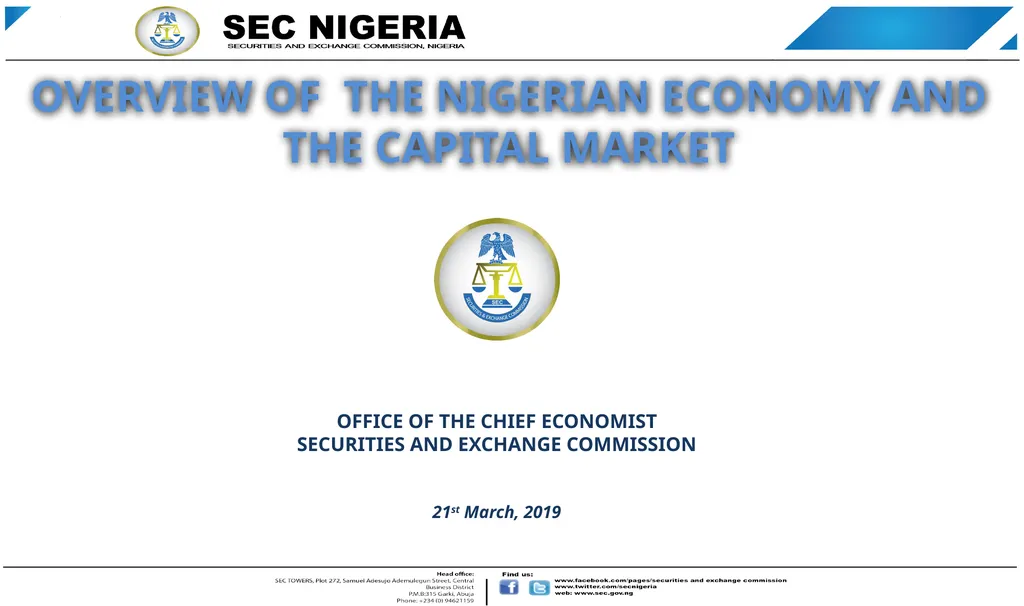
OVERVIEW OF THE NIGERIAN ECONOMY AND THE CAPITAL
Author: liane-varnes | Published: 2025-05-24
Description: OVERVIEW OF THE NIGERIAN ECONOMY AND THE CAPITAL MARKET OFFICE OF THE CHIEF ECONOMIST SECURITIES AND EXCHANGE COMMISSION 21st March, 2019 Table of Contents 1 The Global Economy Domestic Output and Growth Prices and Employment External
Download Presentation
Download the PPT/PDF: Download
Transcript:
Loading transcript…